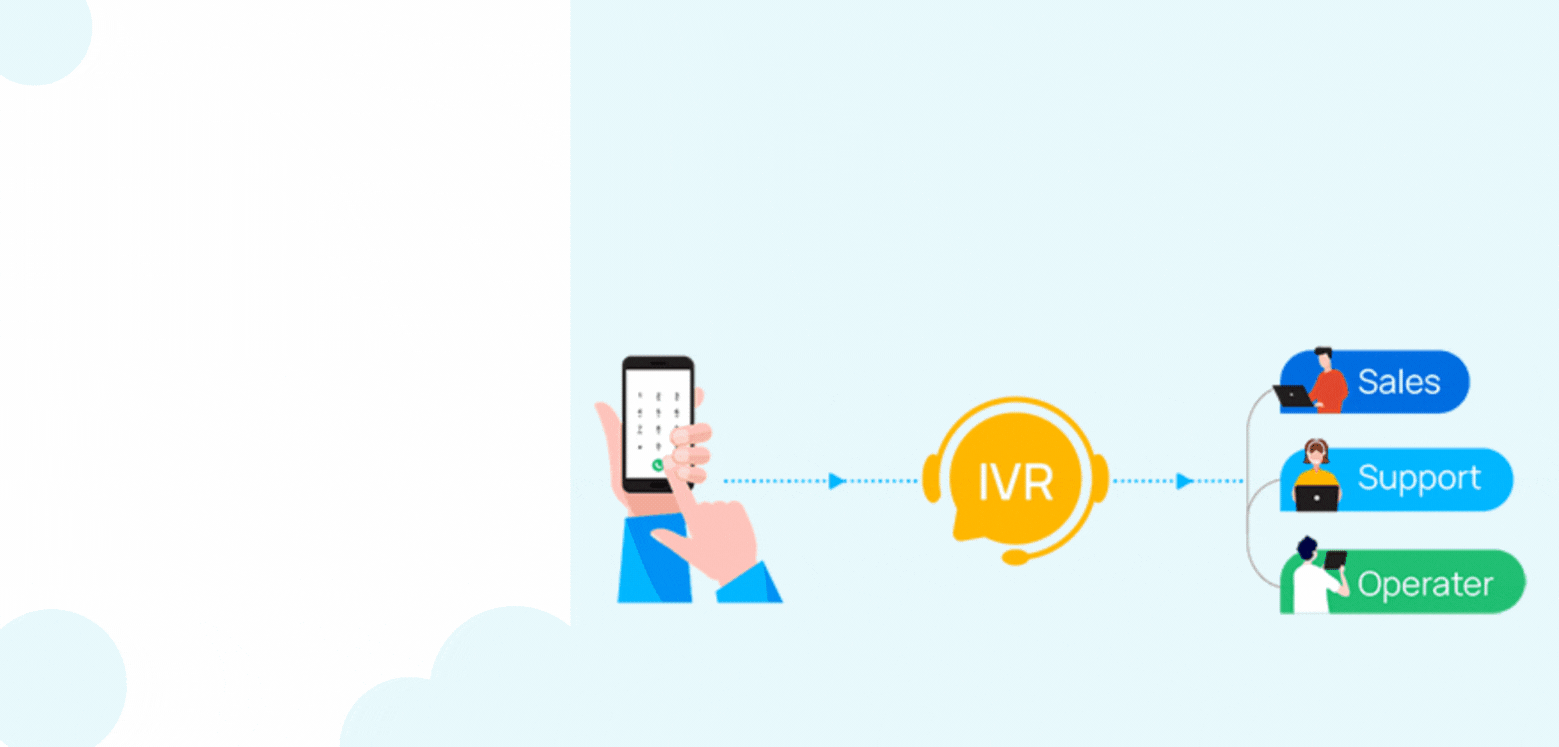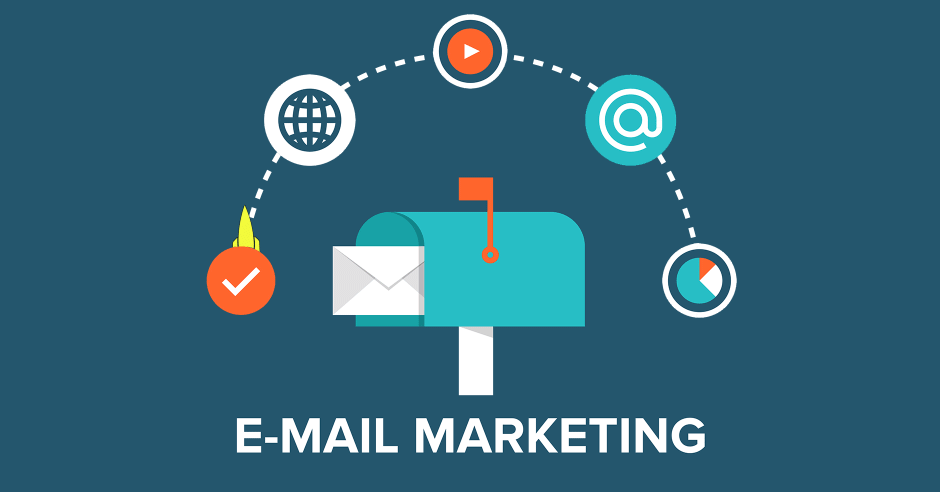Google Adwords
Google Ads, formerly known as Google AdWords, is an online advertising platform developed by Google. It allows businesses to display ads on Google's search engine results pages (SERPs), as well as on Google's advertising network, which includes websites, YouTube videos, and mobile apps.

Here's a brief overview of how Google Ads works:
1. Keyword Targeting: Advertisers choose keywords relevant to their products or services. When users search for those keywords on Google, the ads may appear above or below the organic search results.
2. Ad Creation: Advertisers create text ads, image ads, video ads, or responsive ads using the Google Ads interface. These ads typically include a headline, description, and URL.
3. Bidding: Advertisers set bids for how much they are willing to pay for clicks on their ads (cost-per-click or CPC) or for impressions (cost-per-thousand impressions or CPM). Google uses an auction system to determine which ads appear and their positioning based on bids and ad quality.
4. Ad Rank: Google determines ad rank based on the bid amount, ad quality (determined by factors like expected click-through rate, ad relevance, and landing page experience), and the context of the search query (such as user location, device, time of day, etc.).
5. Targeting Options: Google Ads offers various targeting options including geographic targeting, demographic targeting, device targeting, and more. This allows advertisers to reach their desired audience effectively.
6. Campaign Management: Advertisers can create and manage multiple ad campaigns within their Google Ads account. They can set budgets, schedule ad delivery, and track performance metrics such as clicks, impressions, conversions, and return on investment (ROI).
7. Conversion Tracking: Google Ads provides tools for tracking conversions, allowing advertisers to measure the effectiveness of their ad campaigns and optimize them for better results.
Overall, Google Ads provides a powerful platform for businesses to reach potential customers online and drive traffic, leads, and sales to their websites or landing pages. It's essential for advertisers to continuously monitor and optimize their campaigns to achieve the best possible results.

BENEFITS OF GOOGLE ADWORDS
Google Ads offers several benefits for businesses looking to reach their target audience and achieve their marketing goals:
1. Highly Targeted Advertising: Google Ads allows advertisers to target their ads based on keywords, location, device type, demographics, interests, and more. This level of targeting ensures that ads are shown to relevant audiences, increasing the likelihood of clicks and conversions.
2. Immediate Visibility: Unlike organic search engine optimization (SEO), which can take time to achieve rankings, Google Ads provides immediate visibility for advertisers. Ads can appear on Google search results pages as soon as the campaign is launched, driving immediate traffic to the website.
3. Flexible Budgeting Options: Google Ads allows advertisers to set their own budgets and bids, giving them full control over their advertising spend. Whether it's a small business with a limited budget or a large corporation with substantial resources, Google Ads can accommodate various budget sizes.
4. Pay-per-Click (PPC) Model: With Google Ads, advertisers only pay when someone clicks on their ad, making it a cost-effective advertising solution. Advertisers can track the performance of their campaigns in real-time and adjust their bids and budgets accordingly to maximize their return on investment (ROI).
5. Measurable Results: Google Ads provides comprehensive reporting and analytics tools that allow advertisers to track key performance metrics such as clicks, impressions, click-through rate (CTR), conversion rate, and ROI. This data enables advertisers to measure the effectiveness of their campaigns and make data-driven decisions to optimize performance.
6. Remarketing: Google Ads offers remarketing capabilities, allowing advertisers to target users who have previously visited their website or interacted with their brand. This can help increase brand awareness, engagement, and conversions by re-engaging with potential customers who have shown interest in the past.
7. Wide Reach: Google Ads enables advertisers to reach a vast audience, as Google processes billions of search queries every day and has a vast network of partner websites and platforms where ads can be displayed. This wide reach ensures that advertisers can connect with potential customers across various touchpoints throughout their online journey.
8. Enhanced Brand Visibility: Even if users don't click on ads, simply seeing them in search results or on relevant websites can increase brand visibility and awareness. This can have a positive impact on brand recall and recognition, ultimately influencing purchase decisions.
Overall, Google Ads provides a powerful platform for businesses to reach their target audience, drive traffic to their websites, generate leads, and increase sales. Its advanced targeting options, flexible budgeting, and measurable results make it an essential component of any digital marketing strategy.
How Google Ads helps to grow Business ?
Google Ads can significantly contribute to the growth of a business in several ways:
1. Increased Website Traffic: By placing ads on Google search results pages, businesses can attract more clicks to their website. This increased traffic can lead to more opportunities for conversions, whether it's making a purchase, signing up for a newsletter, or contacting the business.
2. Targeted Advertising: Google Ads allows businesses to target specific keywords, demographics, locations, and even user behavior. By reaching the right audience with relevant ads, businesses can improve their chances of attracting qualified leads and customers.
3. Improved Brand Awareness: Even if users don't click on ads, simply seeing them in search results or on relevant websites can increase brand visibility and awareness. Consistent exposure through Google Ads can help businesses stay top-of-mind with potential customers, making them more likely to consider the brand when making purchasing decisions.
4. Measurable Results: Google Ads provides detailed analytics and reporting tools that allow businesses to track the performance of their advertising campaigns in real-time. This data helps businesses understand what's working and what's not, allowing them to make informed decisions to optimize their campaigns for better results.
5. Cost-Effective Advertising: With Google Ads, businesses only pay when someone clicks on their ad (pay-per-click or PPC), making it a cost-effective advertising solution. Advertisers can set their own budgets and bids, ensuring that they only spend as much as they're comfortable with while still reaching their target audience.
6. Flexibility and Control: Google Ads offers flexibility and control over advertising campaigns. Businesses can adjust their budgets, bids, ad creatives, and targeting settings at any time based on performance data and changing business needs. This agility allows businesses to respond quickly to market trends and optimize their campaigns for maximum effectiveness.
7. Remarketing Opportunities: Google Ads offers remarketing capabilities, allowing businesses to re-engage with users who have previously visited their website or interacted with their brand. By targeting these users with relevant ads, businesses can encourage them to return to the website and complete a desired action, such as making a purchase or filling out a contact form.
Overall, Google Ads can help businesses grow by driving targeted traffic to their website, increasing brand awareness, generating leads and conversions, and providing valuable insights to optimize advertising efforts for better results. By leveraging the power of Google Ads effectively, businesses can achieve their marketing goals and accelerate their growth.





















